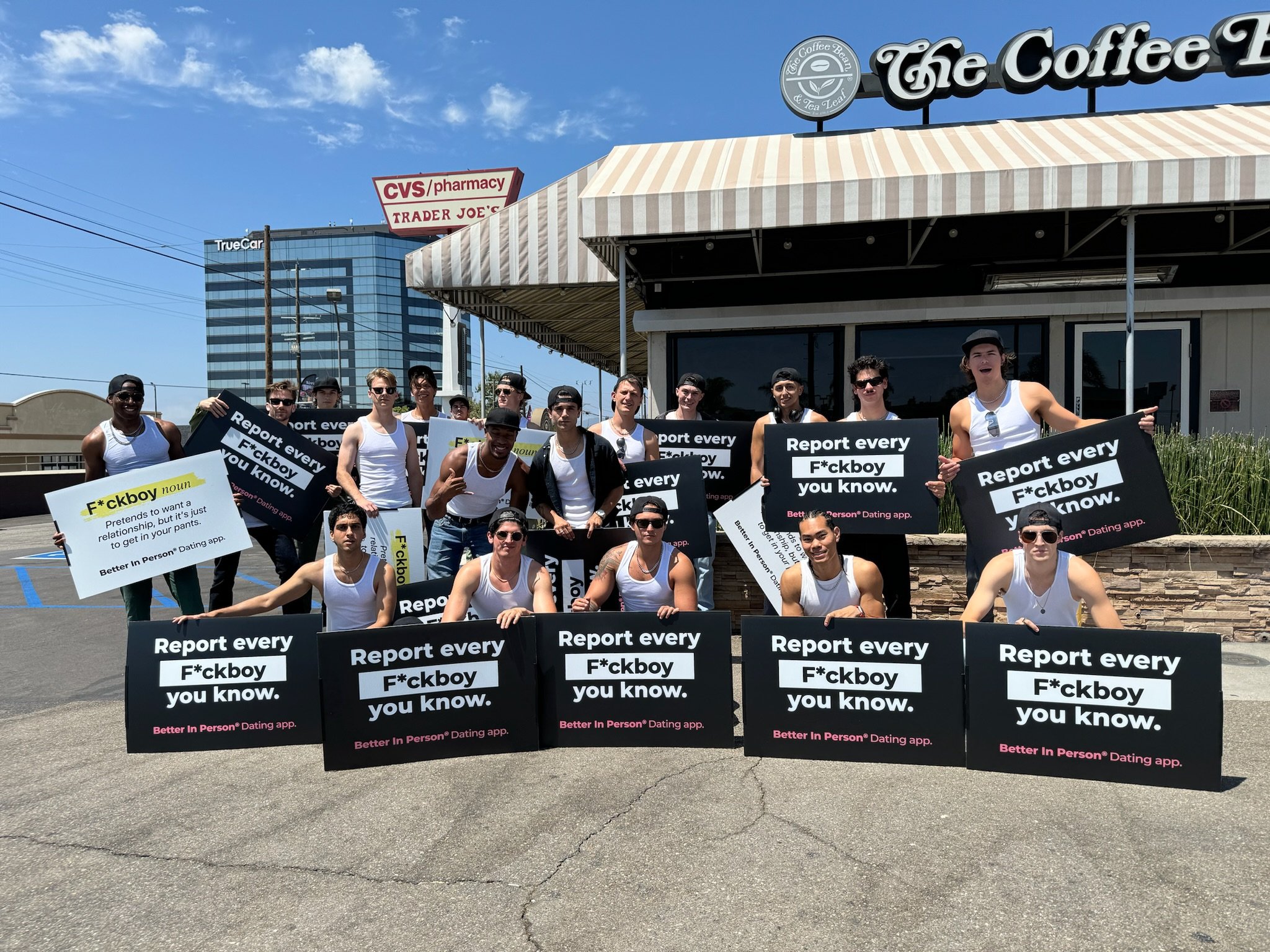Street Team vs. In-Store Demos: Which is Best for Your Brand?
In today's competitive market, engaging directly with potential customers is more important than ever. Brands have various strategies to connect with their target audience, two of the most effective being street teams and in-store demos. But how do you decide which one is right for your brand? Let's dive into the key differences and benefits of each approach, so you can make an informed decision that aligns with your marketing goals.
Understanding Street Teams
What is a Street Team?
A street team is a group of brand ambassadors who engage with the public in high-traffic areas. Their primary goal is to create buzz and excitement around a brand, product, or event. Street teams often distribute samples, promotional materials, or engage in fun activities to capture the attention of passersby.
When to Choose a Street Team
Targeting a Broad Audience:
If your product or campaign appeals to a wide range of people, a street team can help you reach a diverse audience quickly. Street teams are great for mass-market products like beverages, snacks, or mobile apps that everyone can enjoy.
Creating Immediate Buzz:
Street teams are perfect for generating immediate excitement and awareness, especially for new product launches or events. The energy and enthusiasm of a well-trained street team can create a memorable impression and encourage people to share their experience on social media.
Leveraging High Foot Traffic Locations:
If your goal is to reach as many people as possible in a short period, street teams are effective in busy locations like downtown areas, shopping districts, or near major events. This approach is ideal for maximizing visibility and exposure.
Flexibility and Mobility:
Street teams are highly mobile and can easily move to different locations based on foot traffic patterns or specific events. This flexibility allows you to adapt your strategy in real time and take advantage of changing conditions.
Understanding In-Store Demos
What is an In-Store Demo?
An in-store demo involves brand ambassadors setting up within a retail environment to showcase a product. This strategy focuses on engaging customers who are already in a buying mindset, providing a hands-on experience that encourages immediate purchase.
When to Opt for In-Store Demos
Targeting a Specific Audience:
In-store demos are ideal when your product appeals to a particular demographic or customer segment. For example, if you’re promoting a new kitchen gadget, a demo in a cooking supply store ensures you’re reaching an audience interested in culinary tools.
Focusing on Product Education:
If your product requires some explanation or demonstration to fully understand its benefits, in-store demos are an excellent choice. Ambassadors can engage one-on-one with customers, answer questions, and provide detailed information that helps drive purchase decisions.
Encouraging Immediate Purchase:
One of the key advantages of in-store demos is the opportunity to convert interest into sales on the spot. Customers can try the product, receive a discount or special offer, and purchase it immediately, reducing the sales cycle and boosting ROI.
Building Relationships with Retail Partners:
In-store demos can also help strengthen your relationship with retailers by driving foot traffic to their stores and increasing sales. Retailers appreciate brands that actively support their sales efforts and are more likely to provide prime placement for your products in the future.
Choosing the Right Strategy for Your Brand
The decision between a street team and in-store demos ultimately depends on your goals, target audience, and the nature of your product. Here are a few questions to consider when making your choice:
What is your primary objective? Are you looking to create buzz and awareness or drive immediate sales?
Who is your target audience? Are you targeting a broad market or a specific demographic?
Where can you best reach your audience? Are they more likely to be found in busy public spaces or within a retail environment?
How complex is your product? Does it require demonstration and explanation, or can it speak for itself with a simple sample or promotion?
By carefully considering these factors, you can choose the strategy that best aligns with your brand’s needs and maximizes your marketing impact.
Conclusion
Both street teams and in-store demos are powerful tools for engaging with consumers and driving brand success. The key is to understand the unique strengths of each approach and how they align with your marketing goals. Whether you’re looking to create buzz in the streets or drive sales in-store, a well-executed campaign can make all the difference. So, take the time to plan your strategy, train your team, and watch your brand soar! Looking to book a street team or in store demo staff? Get an Instant Quote now!




